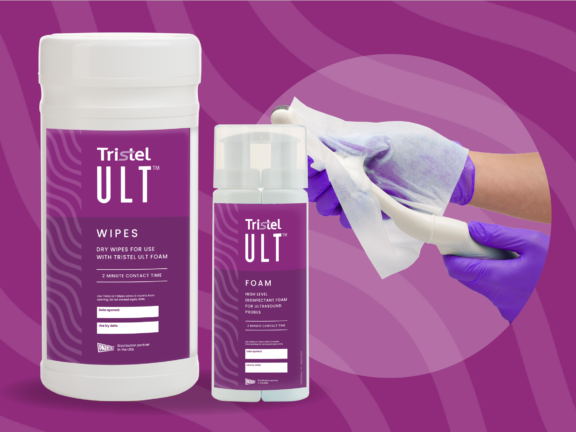Stay updated with the latest news, featuring breaking stories, important announcements and insightful articles that keep you connected to our community and beyond.
Chlorine Dioxide Debuts in Updated Standards for Healthcare Sterilants and High-Level Disinfectants
We are excited to share that the updated ANSI/AAMI ST58:2024 standard has officially recognized chlorine dioxide foam as a high-level disinfectant for medical devices. This revision aligns with global guidelines and acknowledges […]
Learn moreParker Labs partners with Tristel to deliver ultrasound disinfectant for U.S. market
Unique chlorine dioxide foam offers fast, efficient, and economical disinfection for ultrasound transducers. Parker Laboratories Inc. has entered a commercial partnership with UK-based infection prevention company Tristel to manufacture and […]
Learn moreTristel ULT is approved by the FDA!
The wait is over…Tristel ULT is approved by the FDA! We are pleased to announce the US Food and Drug Administration (FDA) approval of our unique and market-leading high level […]
Learn more

